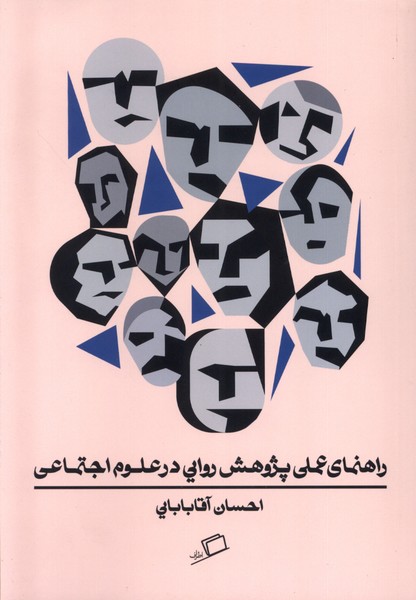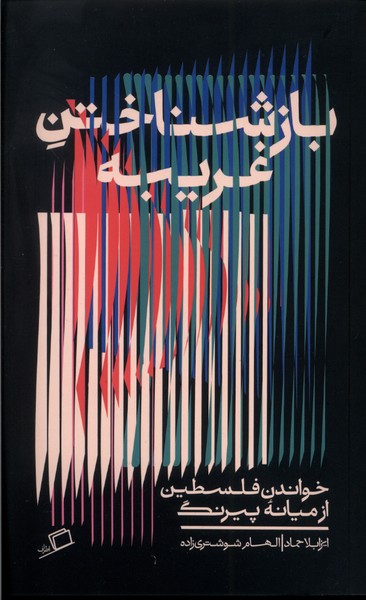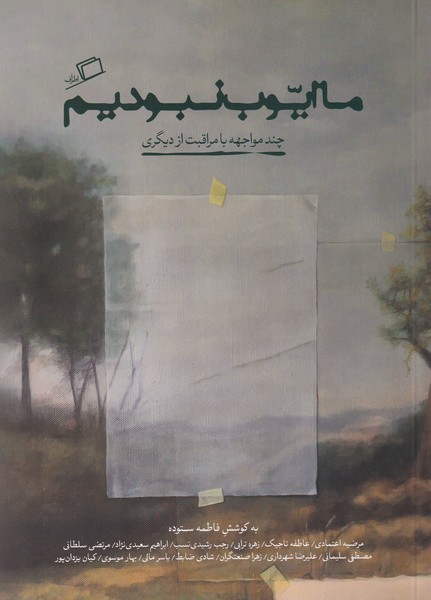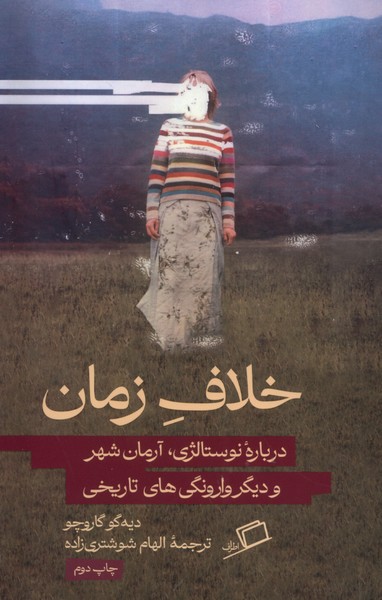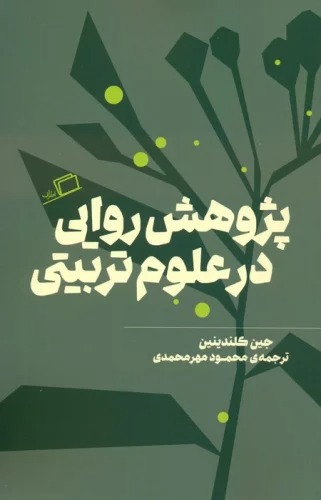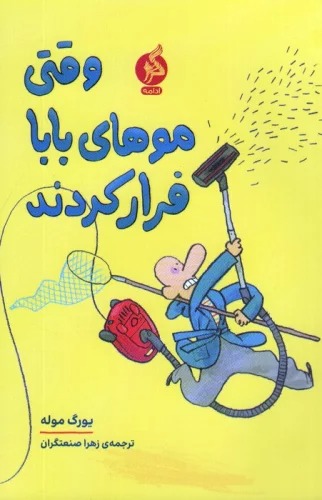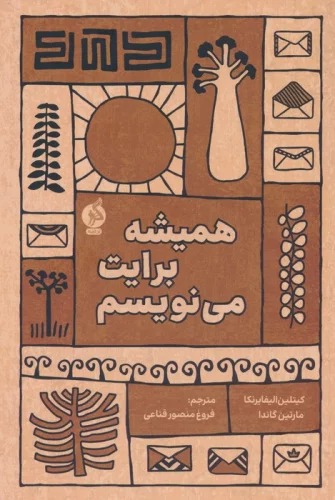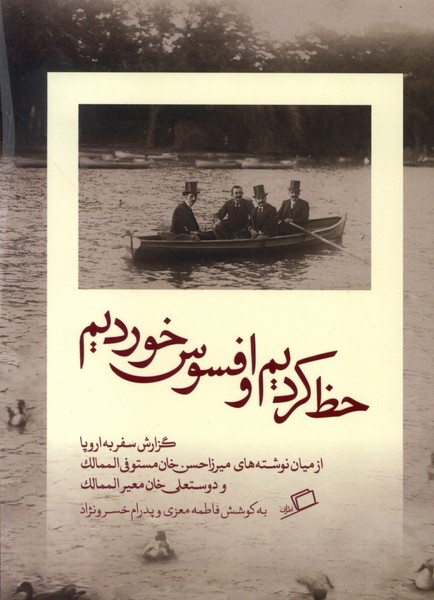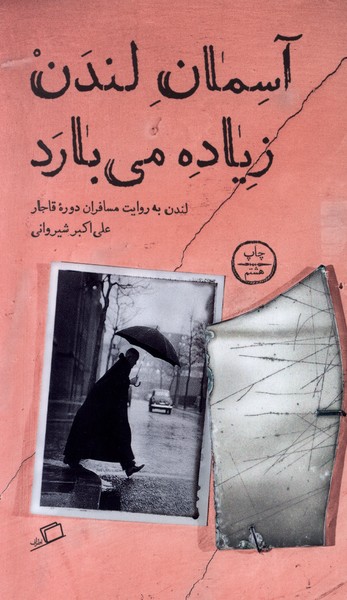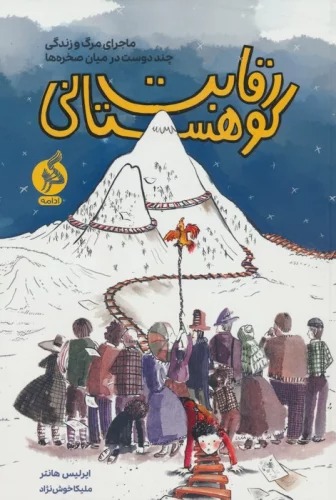Rahnamā-yi 'Amalī-yi Pazhūhish-i Ravāyī dar 'Ulūm-i Ijtimā'ī: Persiska (Farsi) 1403
راهنمای عملی پژوهش روایی در علوماجتماعی
12,20 £
Dela
Wishlist
People tell stories to each other all the time. In every situation, from everyday life to business promotion, we deal with other people's stories as well as our own. Whether in face-to-face communication or the media and virtual space, we are always exposed to a multitude of stories. We like some stories, we hate some stories, some are repetitive and some seem to have something new. The important question is, "Am I a passive consumer of these stories, or can I intelligently discover their hidden structure?" Or "How can I tell my stories better to others?"
The Practical Handbook of Narrative Research in Social Sciences deals with these real stories and shows how such stories are useful for researchers. Ehsan Aghababai, the author of the book, who is an associate professor of the Department of Social Sciences of Isfahan University, has tried to provide a practical, step-by-step and easy-to-read guide for students, researchers, and all those interested in studying more about society, using his own experiences in the field of research. With examples of real research conducted in Iran and other countries of the world, he explains the technique of conducting narrative research in the field of social sciences in a simple yet scientific and academic language.
If you would like to know more about the way and customs of using stories and narratives in social sciences, but your library is full of complex, difficult, and bulky theoretical books, we suggest you go to the practical guidebook for narrative research in social sciences; A book that, with the help of familiar examples related to the lived experience and social life of us Iranians and a simple and familiar language, introduces the reader to the elements and structure of stories, the way and custom of using them for research in the field of social sciences, and the methods of a more accurate analysis of narratives.
more
آدمها همیشه و مدام برای همدیگر قصه میگویند. ما در هر موقعیتی، از زندگی روزمره گرفته تا تبلیغ کسبوکار، با قصههای دیگران و همچنین قصههای خودمان سروکار داریم. چه در ارتباطات چهرهبهچهره و چه در رسانهها و فضای مجازی، ما همیشه در معرض انبوهی از قصهها هستیم. بعضی قصهها را دوست داریم، از بعضی قصهها بدمان میآید، بعضی به نظرمان تکراریاند و تعدادی هم انگار حرف تازهای دارند. سؤال مهم این است که «آیا من مصرفکنندۀ منفعل این قصهها هستم یا میتوانم تیزهوشانه ساختار مخفیشان را کشف کنم؟» یا اینکه «چطور میتوانم قصههای خودم را بهتر برای دیگران بگویم؟»
کتاب راهنمای عملی پژوهش روایی در علوم اجتماعی درست با همین قصههای واقعی سروکار دارد و نشان میدهد که چنین قصههایی به چه کارِ پژوهشگران میآیند. احسان آقابابایی، نویسندهٔ کتاب که دانشیار گروه علوم اجتماعی دانشگاه اصفهان است، با استفاده از تجربههای خودش در حوزهٔ پژوهش، سعی کرده راهنمایی عملی و گامبهگام و خوشخوان برای دانشجویان، پژوهشگران و همهٔ علاقهمندان به مطالعهٔ بیشتر دربارهٔ جامعه فراهم کند. او با مثالهایی از پژوهشهای واقعی انجامشده در ایران و دیگر کشورهای جهان، فوتوفن انجام پژوهش روایی در حوزهٔ علوم اجتماعی را به زبانی ساده و در عین حال علمی و دانشگاهی شرح میدهد.
اگر دوست دارید دربارهٔ راه و رسم استفاده از قصه و روایت در علوم اجتماعی بیشتر بدانید اما کتابخانهتان پر از کتابهای نظریِ پیچیده و سختخوان و حجیم است، پیشنهاد میکنیم سراغ کتاب راهنمای عملی پژوهش روایی در علوم اجتماعی بروید؛ کتابی که به کمک مثالهایی آشنا و مرتبط با تجربهٔ زیسته و زندگی اجتماعی ما ایرانیها و زبانی ساده و خودمانی، خواننده را با عناصر و ساختار قصهها، راه و رسم بهرهگیری از آنها برای پژوهش در حوزهٔ علوم اجتماعی، و شیوههای تحلیل دقیقتر روایتها آشنا میکند.
more

